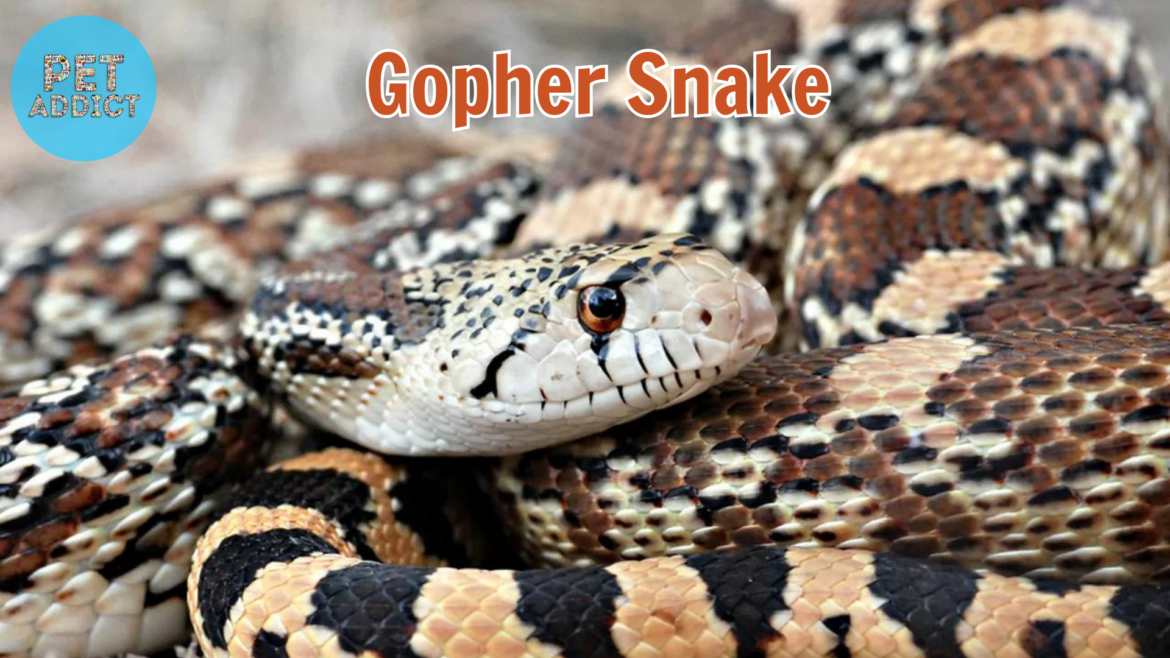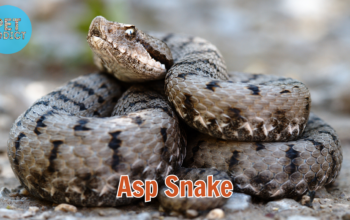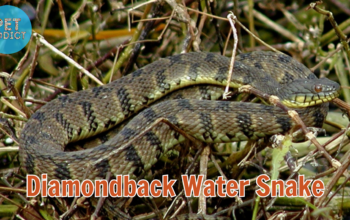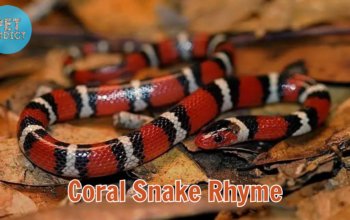Gopher snakes (Pituophis catenifer), with their striking appearance and docile nature, have gained popularity as captivating and manageable reptile companions among pet enthusiasts. In this comprehensive guide, we will delve into the world of gopher snake as pets, covering everything from their characteristics and habitat requirements to feeding habits and health considerations.
PetAddict.net – The best place where you can find everything about your pet!
Introduction
Gopher snakes, native to North America, are non-venomous reptiles that closely resemble rattlesnakes in appearance. Their gentle temperament, manageable size, and captivating patterns have made them a sought-after choice for snake enthusiasts. This guide will provide a comprehensive understanding of gopher snakes as pets, offering insights into their care, behavior, and unique characteristics.
Understanding Gopher Snakes
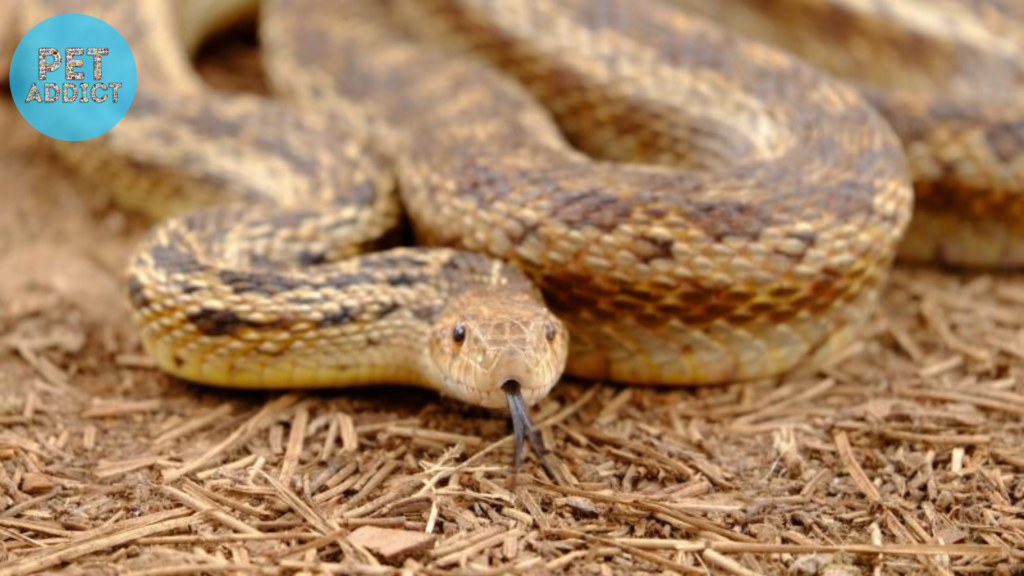
Gopher snakes, often referred to as bull snakes, are known for their distinct coloration, which can range from shades of yellow and tan to brown. Their large size, averaging 4 to 7 feet in length, adds to their visual appeal. While their appearance might mimic that of venomous rattlesnakes, gopher snakes lack the dangerous bite, making them an excellent option for novice snake owners.
Selecting Your Gopher Snake
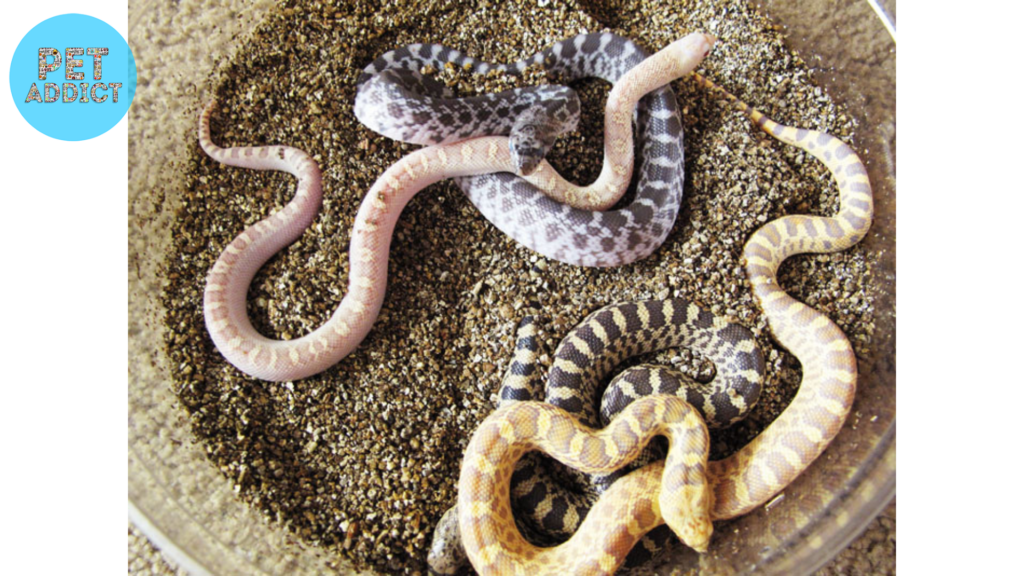
When selecting a gopher snake, it’s essential to choose a healthy individual from a reputable breeder or pet store. Look for signs of alertness, clear eyes, and a well-maintained skin condition. A snake that is active and responsive to its surroundings is generally a good indicator of its overall health.
Setting Up the Perfect Enclosure
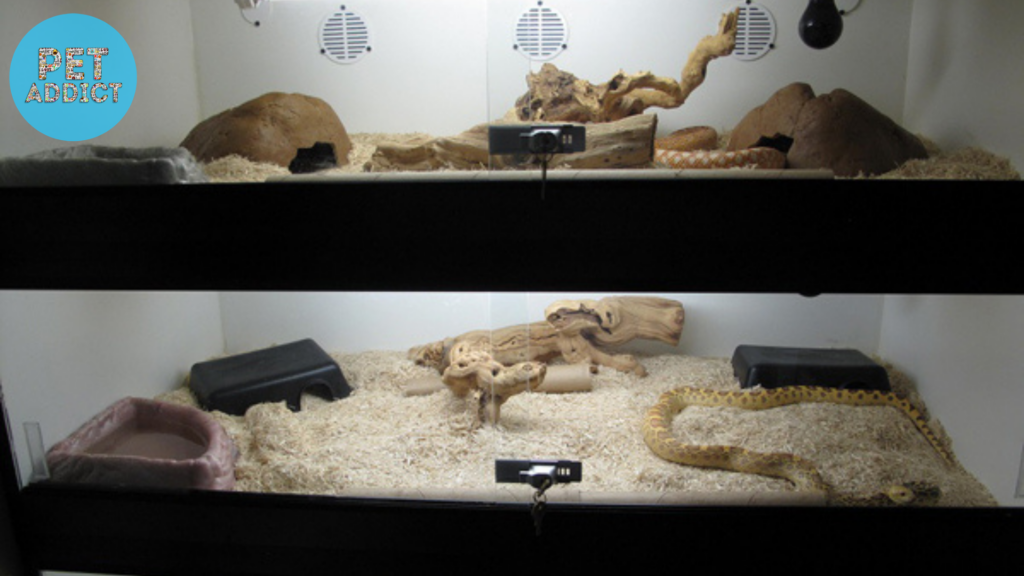
Creating a suitable habitat for your gopher snake is crucial for its well-being. A spacious enclosure with appropriate hiding spots, climbing branches, and a water dish is essential. Utilize substrates like aspen shavings or cypress mulch for bedding. Make sure the enclosure is escape-proof and adequately ventilated.
Temperature and Lighting
Maintaining proper temperature gradients in the enclosure is essential for the health of your gopher snake. Provide a basking area with temperatures around 85-90°F (29-32°C) and a cooler side at 75-80°F (24-27°C). Additionally, UVB lighting helps simulate natural sunlight and aids in calcium metabolism.
Feeding Your Gopher Snake
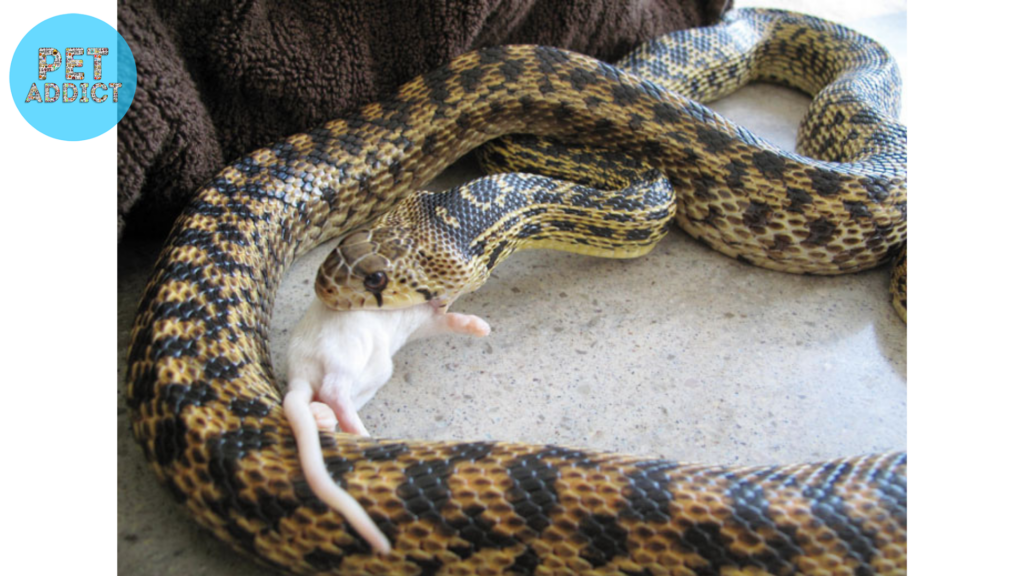
Gopher snakes are carnivores, primarily feeding on rodents and small mammals in the wild. When kept as pets, their diet should consist of appropriately sized frozen-thawed rodents, such as mice and rats. Adjust the size of the prey according to the snake’s size, aiming for a meal every 1-2 weeks for adults.
Handling and Temperament
Gopher snakes are known for their docile nature, which makes them suitable for handling. However, it’s important to approach handling sessions with care and patience. Start with short sessions and gradually increase the duration to allow your snake to become accustomed to human interaction.
Shedding and Skin Health
Like all snakes, gopher snakes shed their skin periodically as they grow. A humidity box within the enclosure helps facilitate the shedding process. Providing proper hydration and monitoring the shedding cycle are crucial for maintaining healthy skin.
Health Care and Common Issues
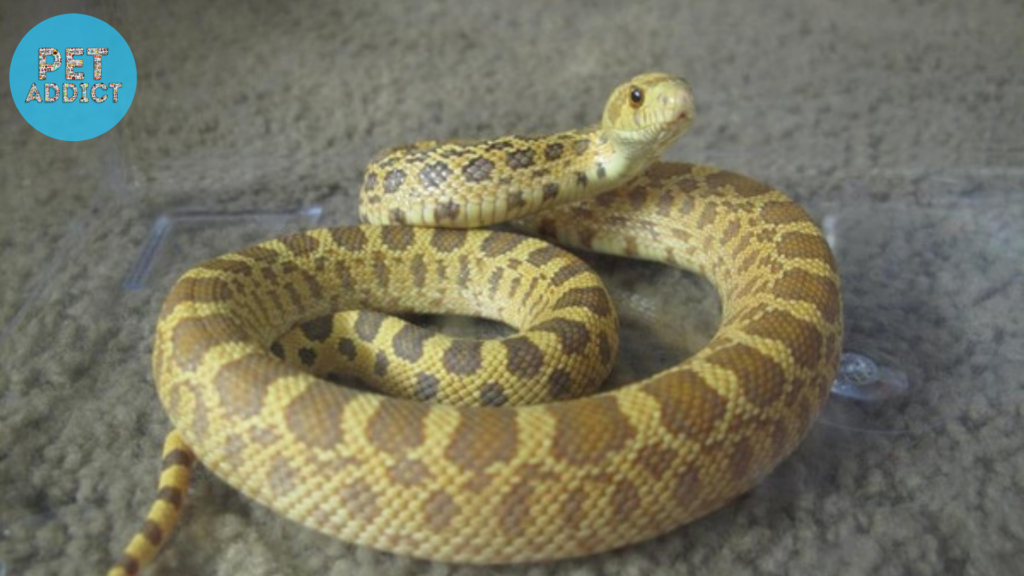
Regular health check-ups by a qualified reptile veterinarian are essential to detect and prevent potential health issues. Keep an eye out for signs of respiratory infections, parasites, and mouth issues. Maintaining a clean enclosure and proper hygiene also contribute to your snake’s overall health.
Breeding Gopher Snakes
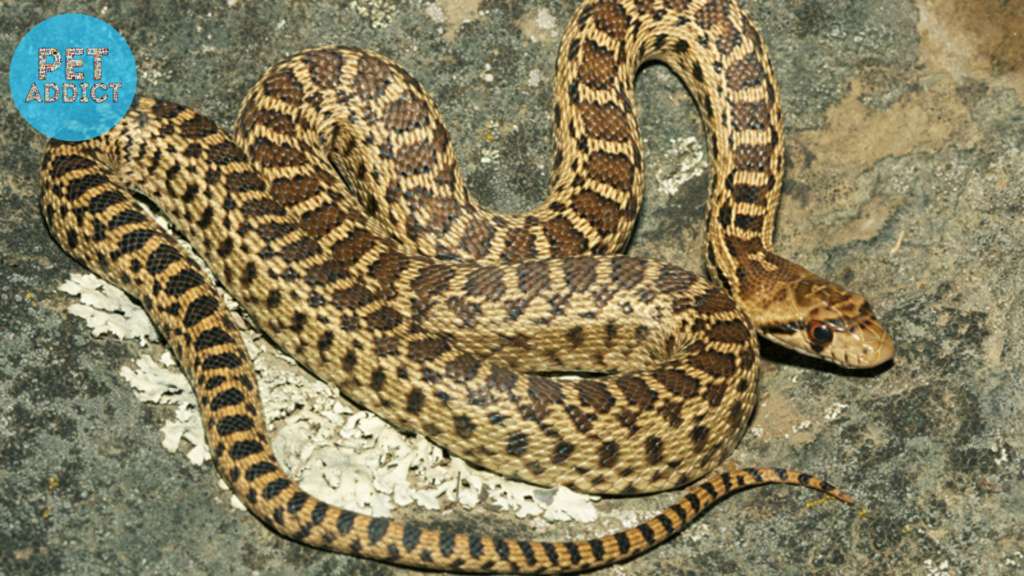
Breeding gopher snakes requires careful planning and knowledge. Before attempting to breed, ensure you have a suitable pair with proper age and health conditions. Breeding can be a rewarding experience, but it’s important to be well-informed about the process and potential challenges.
Myths and Misconceptions
Gopher snakes have often been subject to myths and misconceptions, including being mistaken for venomous snakes. It’s crucial to dispel these misconceptions and educate others about the harmless and beneficial nature of these reptiles.
Conclusion
Gopher snakes make captivating and low-maintenance pets for reptile enthusiasts. Their distinctive appearance, calm demeanor, and manageable care requirements contribute to their popularity. By providing the right environment, diet, and attention to their needs, you can enjoy the companionship of a fascinating and engaging gopher snake.
FAQs
Q1: Are gopher snakes aggressive? A: No, gopher snakes are generally docile and make good pets for beginners.
Q2: Do gopher snakes require UVB lighting? A: Yes, UVB lighting is recommended for their overall health and well-being.
Q3: How often do gopher snakes shed their skin? A: Gopher snakes shed their skin every 1 to 2 months, depending on their growth rate.
Q4: Can I handle my gopher snake during shedding? A: It’s best to avoid handling during shedding, as the snake may be more sensitive and irritable.
Q5: Can gopher snakes live with other snakes? A: Gopher snakes are solitary animals and should be housed alone to prevent stress and potential aggression.

